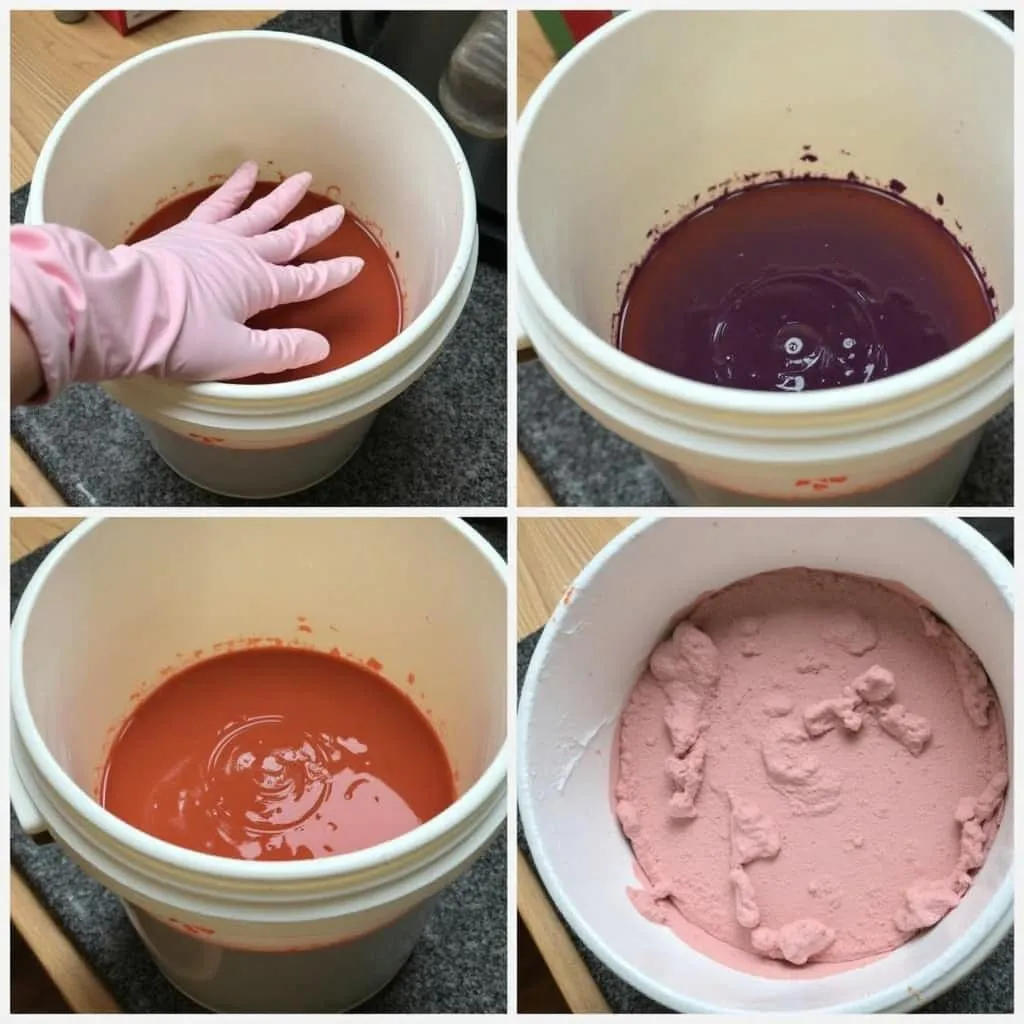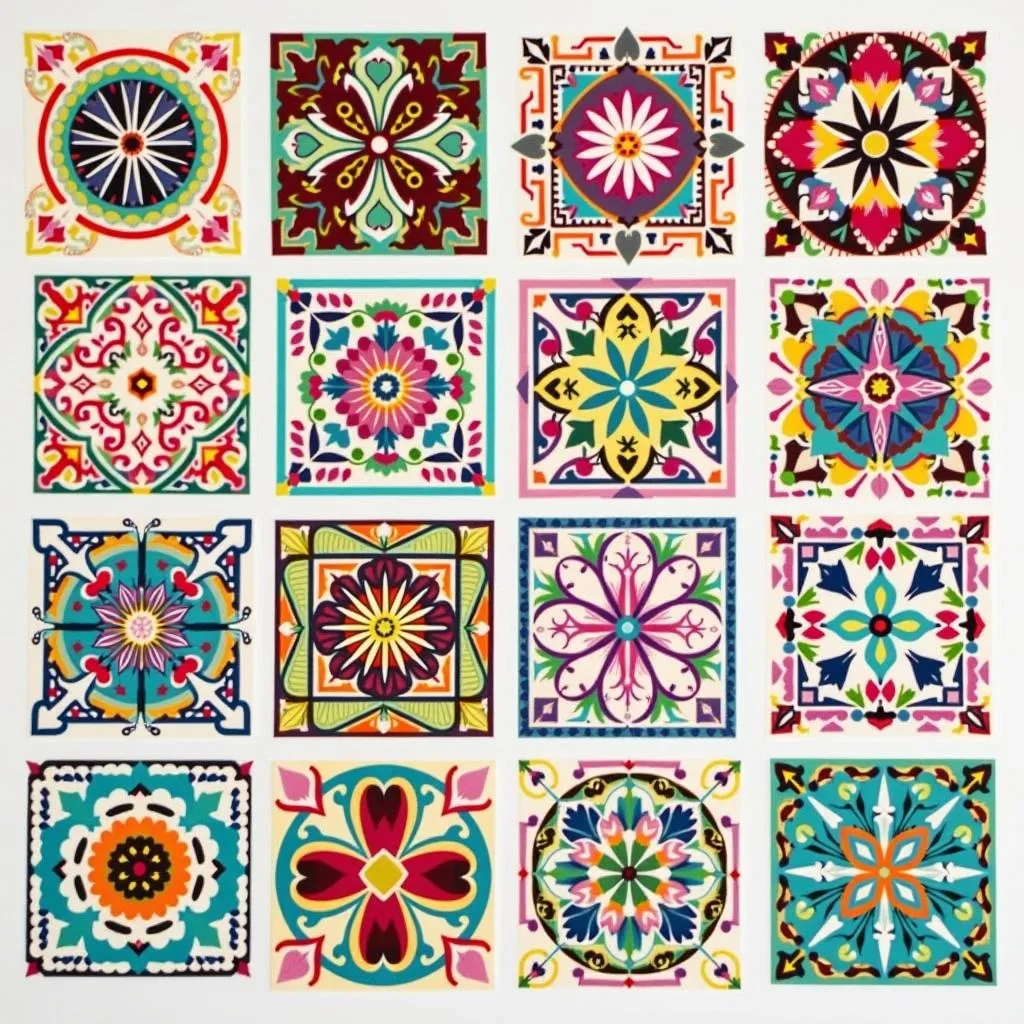Changing the color of your rug can dramatically transform the look and feel of your room. Whether you’re looking to refresh a faded rug, match new decor, or simply try a new style, there are several methods to achieve the desired transformation.
 DIY rug dyeing process
DIY rug dyeing process
Understanding Your Rug
Before embarking on a color transformation, it’s essential to understand the type of rug you have. Natural fiber rugs, such as wool or cotton, tend to absorb dye better than synthetic materials like polypropylene or nylon.
Pro Tip from Sarah Thompson, Lead Color Specialist at Color Box Hanoi: “Knowing your rug’s fiber content is crucial for determining the appropriate dyeing method. Natural fibers offer better dye absorption and color vibrancy.”
Dyeing: A Permanent Color Change
Dyeing is an effective way to completely change the color of your rug, offering a wide spectrum of color choices.
DIY Dyeing
For smaller rugs or those with simpler designs, DIY dyeing can be a cost-effective solution.
- Choose a dye: Opt for a dye specifically designed for the fiber of your rug.
- Prepare your workspace: Protect your work area with drop cloths and wear gloves to avoid staining.
- Prepare the dye bath: Follow the instructions on the dye package to mix the dye solution.
- Submerge the rug: Ensure the rug is completely submerged and move it gently to encourage even dye absorption.
- Rinse and dry: Rinse the rug thoroughly until the water runs clear and hang it to dry completely.
 Professional rug dyeing service
Professional rug dyeing service
Professional Rug Dyeing
For larger rugs, delicate materials, or intricate designs, professional rug dyeing is recommended. Professionals have the expertise and equipment to ensure a uniform and long-lasting color change.
Rug Painting: A Creative Approach
Rug painting allows for intricate designs and patterns, making it ideal for adding personalized touches or refreshing faded areas.
Materials
- Fabric paint
- Paintbrushes (various sizes)
- Painter’s tape
- Stencils (optional)
Steps
- Clean the rug: Vacuum thoroughly to remove dust and debris.
- Prepare your design: Sketch your design or use stencils.
- Apply painter’s tape: Use painter’s tape to create clean lines and prevent paint bleeding.
- Paint: Apply thin coats of fabric paint, allowing each layer to dry completely before applying the next.
- Seal (optional): Consider sealing your design with a fabric sealant for added durability.
 Painted rug designs and patterns
Painted rug designs and patterns
Rug Covers and Replacements
While not technically changing the color of your existing rug, rug covers and replacements offer quick and reversible solutions.
Rug Covers
Rug covers are a convenient and affordable way to instantly transform the look of your rug. They come in various colors, patterns, and materials to suit any style.
Rug Replacements
Sometimes, a fresh start is the best option. Consider replacing your rug with a new one in the desired color and style.
Conclusion
Changing the color of your rug can be a rewarding way to breathe new life into your living space. Whether you choose to dye, paint, or explore covers and replacements, remember to consider your rug’s material, desired outcome, and budget. With the right approach, you can achieve a stunning transformation that reflects your unique style and personality.

